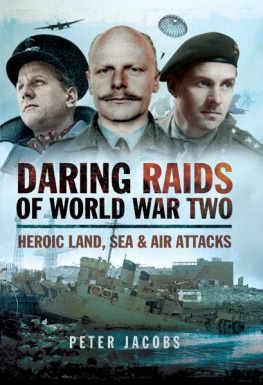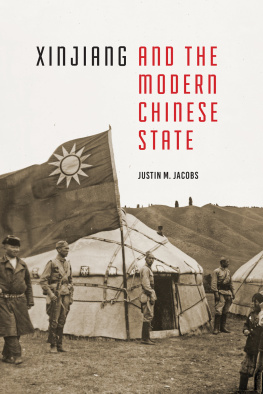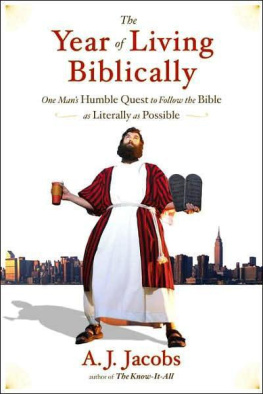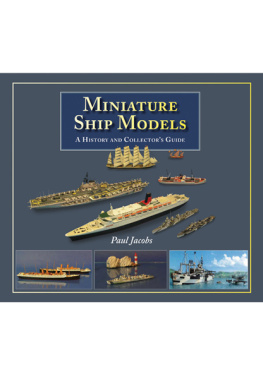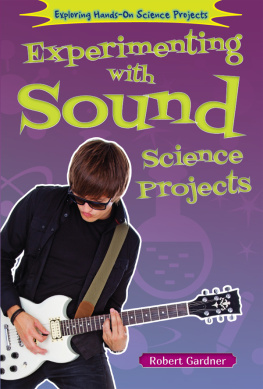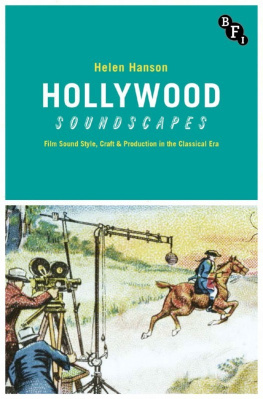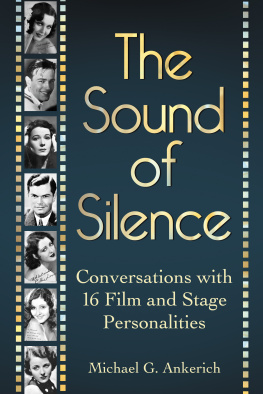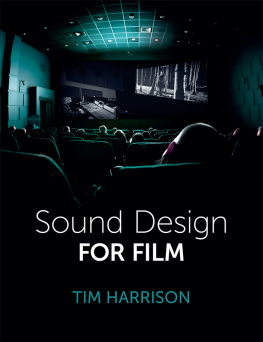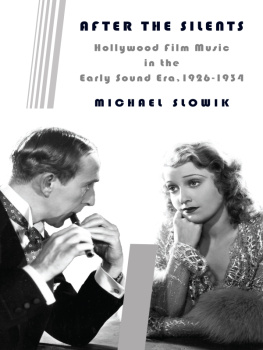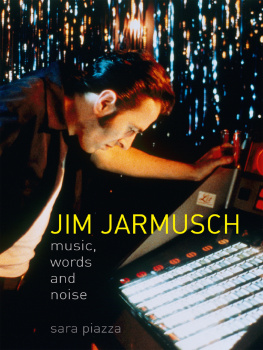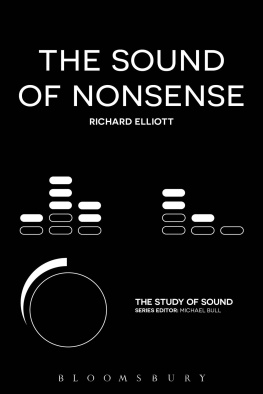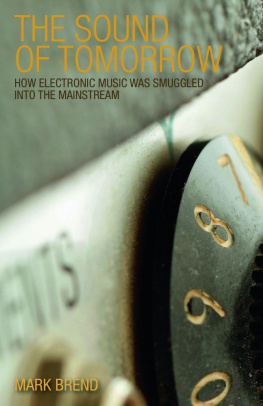Michael P. Roth and Sukey Garcetti have endowed this imprint to honor the memory of their parents, Julia and Harry Roth, whose deep love of music they wish to share with others.
The publisher gratefully acknowledges the generous support of the Music in America Endowment Fund of the University of California Press Foundation, which was established by a major gift from Sukey and Gil Garcetti, Michael P. Roth, and the Roth Family Foundation.
The publisher also gratefully acknowledges the generous support of the Ahmanson Foundation Humanities Endowment Fund of the University of California Press Foundation.
Film Rhythm after Sound
Technology, Music, and Performance
LEA JACOBS

University of California Press
University of California Press, one of the most distinguished university presses in the United States, enriches lives around the world by advancing scholarship in the humanities, social sciences, and natural sciences. Its activities are supported by the UC Press Foundation and by philanthropic contributions from individuals and institutions. For more information, visit www.ucpress.edu.
University of California Press
Oakland, California
2015 by The Regents of the University of California
Library of Congress Cataloging-in-Publication Data
Jacobs, Lea, author.
Film rhythm after sound : technology, music, and performance/Lea Jacobs.
pages cm
Includes bibliographical references and index.
ISBN 978-0-520-27964-3 (cloth : alk. paper) ISBN 978-0-520-27965-0 (pbk. : alk. paper) ISBN 978-0-520-96001-5 (ebook)
1. Sound in motion pictures. 2. Motion picture music. 3. Dialogue in motion pictures. 4. Motion picturesProduction and direction. 5. Rhythm. I. Title.
PN 1995.7. J 33 2015
791.436578dc23
2014031038
Manufactured in the United States of America
24 23 22 21 20 19 18 17 16 15
10 9 8 7 6 5 4 3 2 1
The stills and musical transcriptions that illustrate this book are drawn from the following films: Figures 114, Song o My Heart (U.S., Fox Film Corporation, 1930); 1832, Ivan the Terrible (Ivan Grozny), Part I (U.S.S.R., Mosfilm, 1944); 3336, Santas Workshop (U.S., Walt Disney Productions, United Artists, 1932); 37, 4554, Three Little Pigs (U.S., Walt Disney Productions, United Artists, 1933); 3844, Hells Bells (U.S., Walt Disney Productions, Columbia Pictures, 1929); 5563, Playful Pluto (U.S., Walt Disney Productions, United Artists, 1934); 6466, Love Me Tonight (U.S., Paramount-Publix, 1932); 6768, 7072, Monte Carlo (U.S., Paramount-Publix 1930); 69, One Hour with You (U.S., Paramount-Publix, 1932)
Portions of chapter 2 were based on an article originally published in Music and the Moving Image 5, no. 1 (spring 2012), 2012 by the Board of Trustees of the University of Illinois. Used with permission of the University of Illinois Press.
In keeping with a commitment to support environmentally responsible and sustainable printing practices, UC Press has printed this book on Natures Natural, a fiber that contains 30% post-consumer waste and meets the minimum requirements of ANSI/NISO Z 39.48-1992 ( R 1997) ( Permanence of Paper ).
In memory of Rosalia and Dean Jacobs
For music, as we said, exists in the medium of time. It is time itself that must be carved up, molded, and remolded until it becomes, like a statue, an existing shape and form. This is the hardest to do. For a symphony is not like a statue, which can be viewed all at once, or bit by bit at leisure, in ones own chosen time. With music we are trapped in time.
LEONARD BERNSTEIN, The Conductors Art
Contents
Online Film Clips
The following film clips, discussed in this book, may be viewed online at www.ucpress.edu/go/filmrhythm.
Clip 1. | Song o My Heart, sync-sound scene compared to music-and-effects version |
Clip 2. | Pett and Pott, commuters scene |
Clip 3. | Ivan the Terrible, Ivan speaks to the boyars, introduction |
Clip 4. | Ivan the Terrible, Ivan rises |
Clip 5. | Three Little Pigs, shot 15 |
Clip 6. | Three Little Pigs, first agitato |
Clip 7. | Three Little Pigs, wolfs final assault |
Clip 8. | Playful Pluto, wind vortex |
Clip 9. | Playful Pluto, water hose |
Clip 10. | Love Me Tonight, noise prelude |
Clip 11. | Love Me Tonight, arrivals at the chateau compared |
Clip 12. | Monte Carlo, first conversation |
Clip 13. | Monte Carlo, second conversation |
Clip 14. | Trouble in Paradise, conversation |
Acknowledgments
This work would not have been possible without a fellowship from the American Council of Learned Societies and support from the Wisconsin Alumni Research Foundation. The generosity of George and Pamela Hamel to the Department of Communication Arts at the University of WisconsinMadison provided the technical infrastructure for digital analysis.
I was fortunate to have three creative and gifted collaborators. Kaitlin Fyfe taught me how to use digital editing software and made me rethink what I thought I knew about film editing. Steve Lewis took time away from piano practice and composing to do the transcriptions and discuss film scoring. Maria Belodubrovskaya assiduously translated passages from Eisensteins writings and explained the sound and structure of his dialogue.
I am grateful to Richard May, Richard Koszarski, and the late Rebecca Swender for their advice on early sound technology. Thanks to my colleagues in Communication Arts, Kristin Thompson, Vance Kepley, Erik Gunneson, and Pete Sengstock; my colleagues in the School of Music, Susan Cook and Stephen Dembski; archivists formerly at the Wisconsin Center for Film and Theater Research, Maxine Ducey and Dorinda Hartmann; and the great UW Cinematheque programmers, Jim Healy and Mike King. Thanks to Barbara Hall, Warren Sherk, and the knowledgeable Special Collections staff at the Margaret Herrick Library of the Academy of Motion Picture Arts and Sciences. Thanks to Michael Friend of Sony and Schawn Belstone of 20th Century Fox.
My editor, Mary Francis, believed in this project from the start and encouraged me to experiment with the form of the musical examples. James Naremore and Jeff Smith gave invaluable feedback on a draft. Molly Brewster urged me on to publication. Special thanks to David Bordwell for insights into Eisenstein, and staging, and for commissioning an article on the improbable topic of how fast people talk in His Girl Friday. I do not know how to give thanks for the great good luck of having Ben Brewster in my corner.
This work could never have been conceived without the training I received from the wonderful musicians in my family: my mother, Rosalia, classical pianist and opera devotee, and my brother, Dean, jazz pianist and gospel singer. I hear them still.



